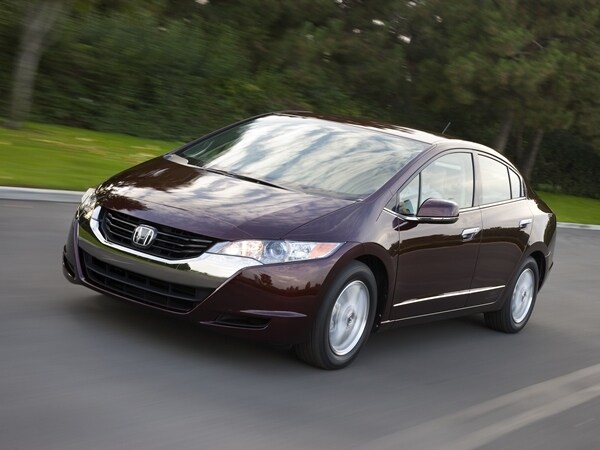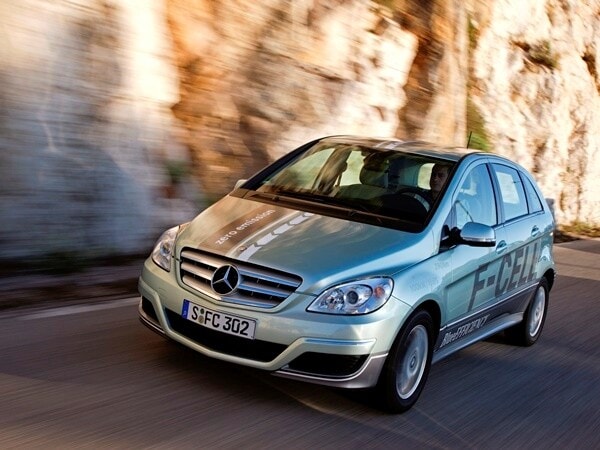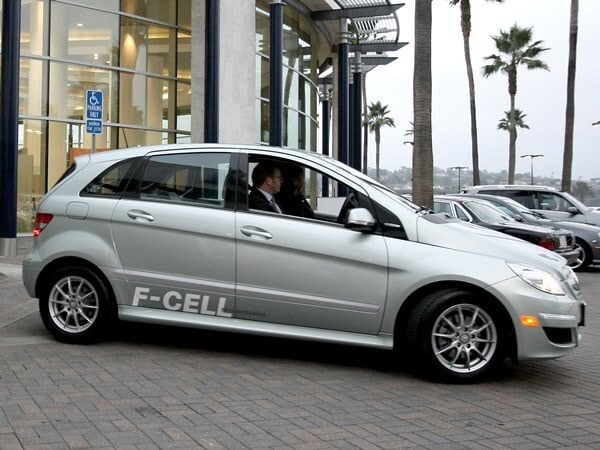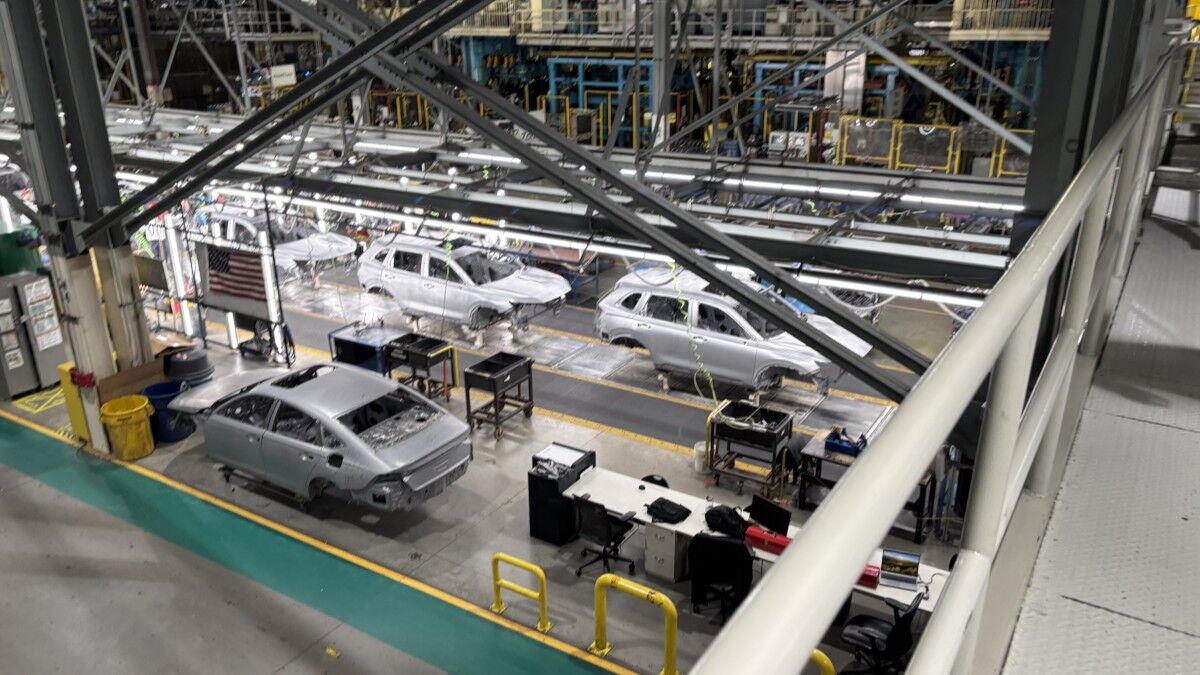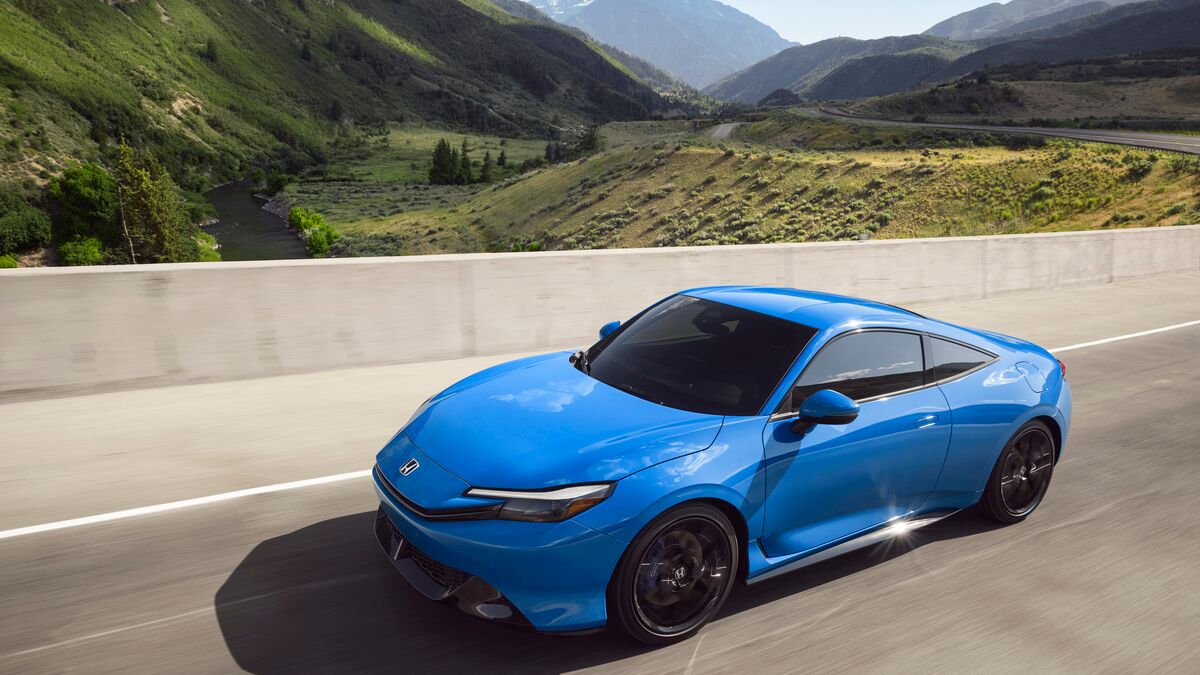For more than 40 years, when you asked a futurist when we’ll see hydrogen cars on the road, the answer has been the same: "About 10 years." That’s a lot of missed deadlines, yet at long last, these dreamers may soon have their moment in the sun.
An unprecedented push to build a hydrogen infrastructure is underway in California, paving the way for emissions-free driving that’s untethered from the need for recharging. That’s the underlying message at a recent gathering of the minds at the Toyota Automobile Museum in Torrance, California. The SoCal Hydrogen Vehicle Infrastructure Workshop brought together vehicle manufacturers and key infrastructure players — including government agencies — working to make the hydrogen promise a reality. Note the key word above: infrastructure. That’s the main obstacle preventing hydrogen cars from getting to the market boils down to getting hydrogen to the end user. It sounds simple, but it’s far more complex than you might imagine.
Hydrogen Cars Ready to Roll
Interestingly, the cars are no longer a stumbling block. Hyundai will begin leasing a hydrogen-powered version of its Tuscon in California in just a few months, Toyota will soon follow with its own fuel-cell car, and Honda already has its Clarity FCX on the road. However, there are only a handful of places for these vehicles to refuel. Currently, nine public refueling stations currently operate in the Los Angeles and San Francisco area, with 18 more planned. That’s for the entire state; good luck driving from LA to San Francisco without getting stranded.
Also: 12 Best Family Cars of 2014
Hydrogen cars like the Hyundai, Toyota and Honda — as well as prototypes from Mercedes-Benz and General Motors — don’t actually burn the gas in a combustion chamber. Instead, hydrogen is part of a chemical reaction in what’s known as a fuel cell. The reaction makes electricity, with the only byproduct being water vapor.
Better Than a Battery
‘Since they’re basically electric, it begs the question: Why not just drive a battery-electric vehicle? Ronald Grasman, general manager of U.S. fuel cell vehicle operations with Mercedes-Benz, explained the problems with EVs during the conference. "Battery vehicles are great," he said, "but they have their limitations when it comes to range and charging time. This is where fuel cell vehicles make a great difference."
In theory, a hydrogen car can beat a battery electric thanks to convenient and quick refueling, and a somewhat esoteric concept called "energy density." An EV requires long recharging times, and even with a big battery, the range of an EV is usually limited to 100 miles or so. However, hydrogen can be pumped into a tank similar to gasoline, and that tank full of hydrogen holds a lot more energy than a battery does. The upshot is that you can get zero emissions, the rough equivalent of gasoline-car range, but without the long wait of recharging, or the hassle of engineering a gigantic battery pack into the vehicle.
The Future is Now
When it comes to the actual cars, there’s not a lot of drama. Five different manufacturers brought vehicles for us to drive, among them GM, Toyota, Honda, and Mercedes-Benz. But it was the hydrogen Hyundai Tucson that was the most modern. Like the rest of the manufacturers, Hyundai has managed to shrink the entire fuel cell, electric motor, and electronic controller into a unit that fits comfortably under the hood of the compact SUV. The hydrogen tanks themselves are placed where the usual fuel tank goes. This modularity — coupled with technology from electric and hybrid vehicles like electric power steering and air conditioning — make the execution of a hybrid fuel-cell vehicle relatively simple, at least from the packaging perspective.
How do the vehicles drive? They’re utterly unremarkable, and that’s a good thing. Aside from being fairly slow, there wasn’t anything unusual about driving any of the cars. As for refueling, it’s a little different than a regular gasoline fill-up, but it can be learned with just a quick walk-through. Alexander Keros, manager and senior project engineer at General Motors, likens it to a marathon. "This is going to take some time," he said, noting that some people can’t be convinced. "There are some naysayers out there who immediately want to say, ‘This doesn’t work.’ OK, their glass is half empty. Let’s move on."
The Future, Delayed
The naysayers do have ammunition. This is still prototype technology. Despite Hyundai’s plan to lease 2015 Tucson Fuel Cell vehicles — importantly, they’re not for sale, but rather leased for a $499 per month lease. A fuel cell is ridiculously expensive to make, and it will take a long time for costs to come down enough to where the technology is as ubiquitous as gasoline engines, or even hybrids.
Production of the "molecule," as hydrogen was referred to at the workshop, isn’t a roadblock. Air Products is a leading producer of hydrogen, and its global business director Ed Kiczek says his company’s California plants have plenty of capacity for current and near-term future demand. "For the foreseeable next several years, based on what we believe is the rollout of vehicles, it’s not an issue" he said.
Distribution Difficulties
It’s delivery that’s the sticking point. The more utopian vision is to simply install hydrogen refueling pumps at existing gas stations, a move that makes a lot of sense in theory. But it’s not quite that simple, said Carl Baust, a fire protection engineer with the Orange County Fire Authority, citing the technological sophistication of hydrogen refueling stations, and the extreme states of the fuel itself. "That requires not fear, but respect," he said. Codes have been developed for handling and storing hydrogen, but as for installing hydrogen at existing fueling stations? "Not so fast," Baust said. "The critical clearances and fire barriers that are required to this type of fuel do not lend themselves very easily to being placed in existing gasoline station locations." He noted that doesn’t mean it can’t happen, but rather that there has to be more work done with building and fire codes to make it a reality.
Also: 10 Best Hybrids Under $30,000
Even if the refueling station gets built, actually supplying hydrogen to the pump is a whole other issue. Gasoline and electricity have a huge infrastructure head start; virtually every house in the country has electricity, and gas stations are about the only thing more commonplace than Starbucks. Hydrogen’s a different matter. Right now, it can be shipped to a station via truck, developed on-site through hydrolysis, natural gas reforming or other methods, or brought in through a pipeline. Kiczek says that long-term, direct delivery via pipeline — similar to your home’s natural gas line — is the most cost effective, but that’s a good 20-30 years out thanks to the construction needed to make it a reality.
What’s Next
Despite the obstacles, the key takeaway is that all of these barriers are surmountable. Kizeck notes that the hydrogen refueling stations in Torrance are supplied by pipeline. Baust is quick to point out that there have been zero incidents at Irvine’s hydrogen refueling station. And while Toyota’s fuel cell project leader Craig Scott notes that the adoption of alternative fuels is price dependent, Kiczek said that the price of hydrogen would come down with wider adoption. And let’s not forget, once upon a time there was no gasoline or electrical infrastructure, either.
The imperative of low- and zero-emissions vehicles is especially obvious in Los Angeles, and California has been a leader in low-emissions solutions. As hybrids and, more recently, electric vehicles have shown, consumers are willing to take a chance on new technology, and the time may finally be right. "Let’s not punt this," GM’s Keros said. "Let’s do this for our generation."
More Hybrid and Alternative Energy news…
60 seconds or less with the 2014 Chevrolet Volt
Toyota FCV concept debuts in Tokyo
Mitsubsishi concept CA-MiEV puts a different spin on the average thinking
Popular at KBB.com
10 Best Sedans Under $25,000
12 Compact Cars for 2014
10 Best Luxury Cars Under $40,000
